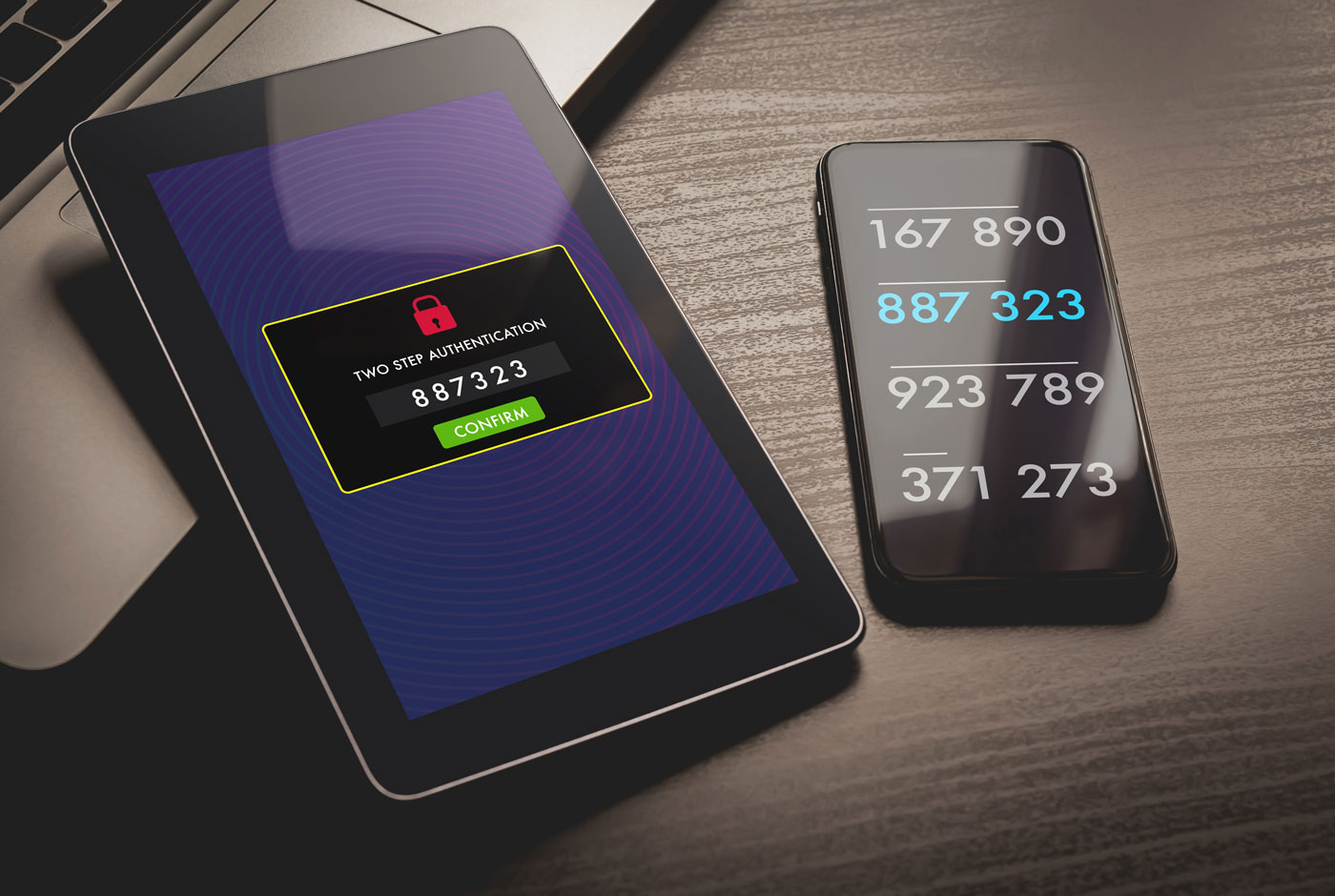In today’s digital age, where our lives are intricately woven with the online realm, ensuring the security of our sensitive information has become more crucial than ever. With the growing number of cyber threats and data breaches, traditional password-based security measures are no longer sufficient to protect our online accounts. This is where cisco duo multi-factor authentication (MFA) comes into play, revolutionizing online safety by adding an extra layer of protection. The concept of multi-factor authentication and explore how it is reshaping the online security landscape.
As our lives intertwine with the digital world, safeguarding our online presence has become paramount. The cisco duo multi-Factor Authentication (MFA) is a sentinel against the rising tide of cyber threats, offering a formidable defense mechanism beyond the traditional password. MFA is a security protocol that requires users to provide two or more verification factors before granting access to their accounts. Adding layers of authentication significantly reduces the chances of unauthorized access.

The Components of MFA
Something You Know: Passwords
Passwords form the foundation of most security systems. They are combined with other factors to create a multi-layered defense that fortifies authentication.
Something You Have: Devices
Devices such as smartphones, security tokens, or smart cards add an extra dimension to MFA. They act as physical proof of identity and ownership.
Something You Are: Biometrics
Biometric factors like fingerprints, facial recognition, and retinal scans are unique to each individual. Incorporating them into MFA adds a layer of identity verification that is nearly impossible to replicate.
The Working Principle of MFA
MFA operates on the principle of combining different factors to ensure the legitimacy of the user. This dynamic approach makes it significantly more difficult for hackers to breach accounts.
Benefits of Multi-Factor Authentication
- Enhanced Security:MFA’s multi-layered approach makes it exponentially harder for cybercriminals to gain unauthorized access. Even if one factor is compromised, the others remain as barriers.
- Mitigation of Data Breaches:Data breaches have become alarmingly common. MFA minimizes the impact of such breaches, as the stolen data is insufficient to gain access without the additional authentication factors.
- Protection Against Phishing Attacks: Phishing attacks prey on user vulnerability. MFA neutralizes these attacks, as even if users unwittingly disclose their passwords, hackers still can’t access their accounts without the other factors.
- User-Friendly Experience:Contrary to the perception that enhanced security comes at the cost of convenience, MFA offers a seamless experience. Many applications now support fingerprint or facial recognition, making the process smooth and user-friendly.
Comparing MFA with Other Security Measures
Single-Factor Authentication
Single-factor authentication relies solely on passwords, leaving accounts vulnerable to breaches if the password is compromised.
Two-Factor Authentication
Two-factor authentication adds an extra layer of security, but MFA takes it a step further by incorporating multiple factors.
Addressing Concerns about Privacy
While MFA enhances security, some users worry about collecting and storing their biometric data. Most reputable platforms address these concerns by using advanced encryption and security measures.
Conclusion
In a digital landscape fraught with cyber threats, multi-factor authentication emerges as a knight in shining armor. By combining what users know, have, and are, MFA erects an impregnable fortress of online security.

















